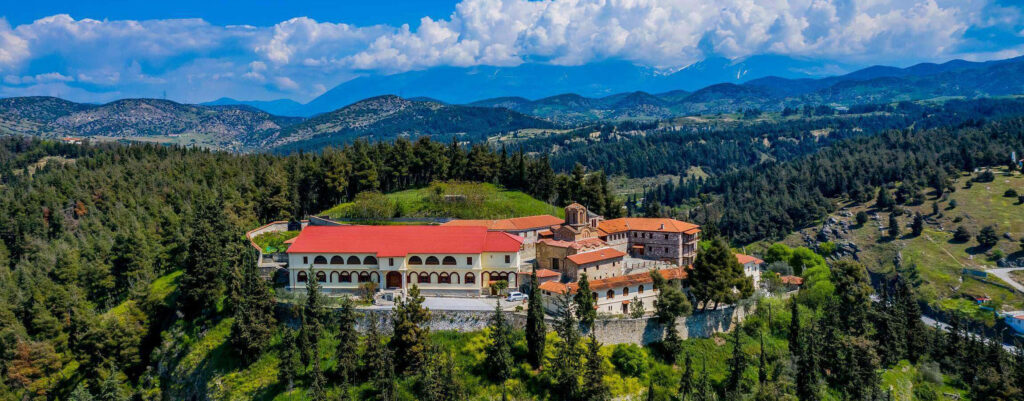Maritime museum of Litochoro

The maritime museum of Litochoro sheds light on an unknown side of the mountain town: the seafaring. This was the main occupation of the inhabitants from the 17th to the 19th century! Photographs, casts, and drawings of old sailing ships as well as various evidence (ship logs, marine contracts, marine sheets, sailors’ photographs, ship equipment and other items) from sailors’ families, ships and, generally, the maritime history of Litochoro.
According to the tradition, the first sailors came from Raedestos, Thrace, in the 15th century. During the centuries to follow and the Turkish occupation, Litochoro became a shelter to a lot of sailors chased away from all over the Aegean and the Ionian islands. During its flourishing period i.e. in the beginning of the 19th century, Litochoro owned a remarkable fleet of locally-built sailing ships, counting 150 to 200 small and large ships. Up to the first decades of the 20th century, the ships of Litochoro carried out the sea transport of Thessaloniki and the Holy Mountain while there are also captains who funded the construction of schools and churches in the town.
New monastery of Agios Dionysios

To the north of Litochoro lies the new Monastery of Agios Dionysios, where the monks of the old monastery were transferred after the latter was blown up by the German occupation forces in 1943. The new Monastery, which used to be the dependency of the historic monastery, keeps the relics that were saved from the fire (manuscripts, icons, crosses, etc.).
Monastery of Agios Antonios | Kokkinogi

The post-Byzantine Monastery of Agios Antonios tis Kokkinogis was built in 1755. The buildings around it are made of stone and there is a unique underground hideout under the church.
Monastery of Agioi Theodoroi

One of the loveliest jewels of Rapsani is the forest and monastery of Agioi Theodoroi, situated across from the village at a distance of about 3km. The Monastery – founded on 10 October 1778 – is built exclusively of hewed stone, and its roof is made of hewed slate. It is a one-aisled cruciform church with dome, with walls up to 80cm thick. The interior of the church is covered in murals from the 18th century.
Kanalon monastery

Kanalon Monastery is in a panoramic location on the south-east side of Olympus and is only 6km from Karya village. Its name derives from the four streams/canals, whose springs were near the monastery and all together formed the river Ziliana. The monastery is framed by dense woods with fir trees, stone pines and oak trees. The monastery was in ruins and its cells deserted until September 2001, when its renovation work was completed and nuns reopened its doors to the public. Inside the churchyard is the chapel of Agios Dimitrios from 1681 with beautiful murals. Its katholikon, dedicated to the Birth of the Virgin Mary, is a three-aisled dome-covered church that was rebuilt in 1883.
Monastery of Panagia Olympiotissa

The Holy Monastery of Olympiotissa is considered one of the largest monastic complexes in Thessaly. The monastery’s katholikon is a four-column church in honour of the Virgin Mary. It was founded in the 14th century. The murals were also crafted at that time, but were restored in 1643.